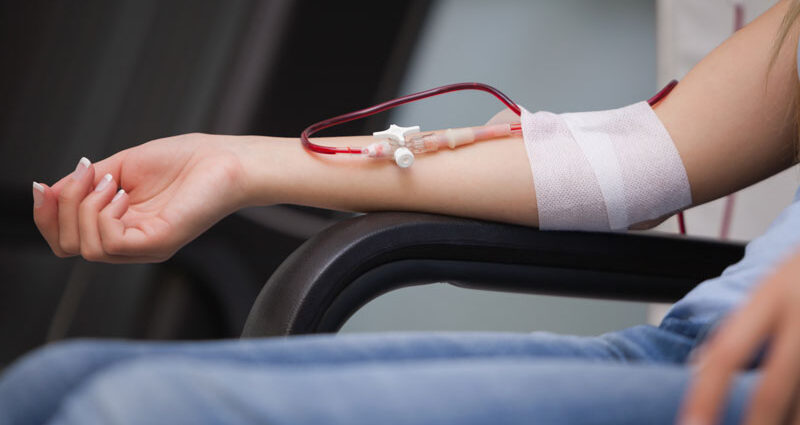Dialysis is required for effective treatment. There are four different types of dialysis accesses, and discussing them with your nephrologist will help you choose the best one for you. Visit this page for dialysis access Bakersfield services.
What are the types of dialysis accesses?
Dialysis access is classified as one of four types: central venous catheter (CVC), arteriovenous fistula (AV Fistula), arteriovenous graft (AV Graft), and peritoneal dialysis catheter (PD Catheter).
Central Venous Catheter:
When an AV fistula or graft is unavailable, a Central Venous Catheter (CVC) is a flexible plastic tube placed in a central vein in your neck, chest, or groin for immediate or emergency dialysis. Although it is not usually permanent access, proper care is required.
Before placing a Central Venous Catheter (CVC), it is critical to understand its benefits and drawbacks. CVCs provide immediate access to dialysis and are outpatient procedures, but they can damage central veins, prolong treatment time, and restrict bathing and swimming.
AV fistula:
The preferred and most effective type of dialysis access is an AV fistula. It entails surgically connecting an artery and a vein, which allows for increased blood flow rate and efficient dialysis treatment. While it takes time for the AV fistula to heal and mature after it is created, it is considered the “gold standard” and is widely used in hemodialysis.
Daily checks for proper function and signs of infection are part of caring for your AV fistula. Despite being regarded as the best dialysis access option, it does have some drawbacks, such as the need for careful maturation and the use of needles for hemodialysis. When compared to catheters, its advantages include long-term functionality and a lower risk of infection and clotting.
AV graft:
Another type of dialysis access is the AV graft, which is appropriate for patients who have blocked or damaged veins. It entails connecting an artery and a vein via a synthetic tube. It can be used in a matter of weeks, but it has a shorter lifespan than an AV fistula and requires needle access.
PD catheter:
The PD catheter is used for peritoneal dialysis, which is a simple procedure that can be done at home without the use of needles. It does, however, carry a higher risk of infection and clotting, and certain medical conditions may preclude its use.
Final thoughts:
Careful thought and dialogue with your doctor will assist you in making the best decision for your quality of life during dialysis.

